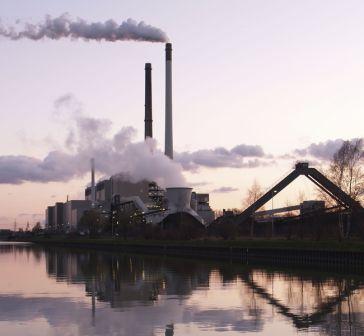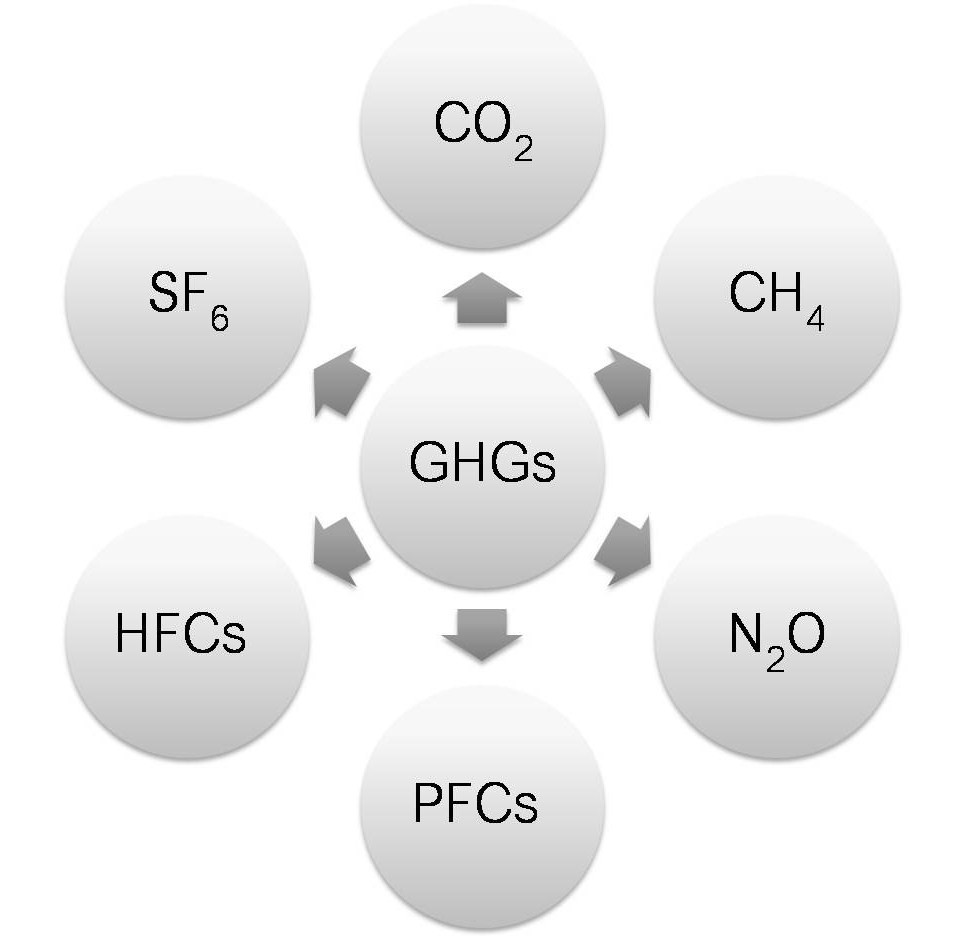How to Quantify GHG Emission from Municipal Solid Waste Disposal Sites?
 We explained in our last post about the emission of methane from Municipal Solid Waste Disposal Sites (SWDS). In this post, we will understand the quantification methodology for the methane emission from SWDS.
We explained in our last post about the emission of methane from Municipal Solid Waste Disposal Sites (SWDS). In this post, we will understand the quantification methodology for the methane emission from SWDS.
India is a signatory to the International Climate Change treaties such as UNFCCC, hence methane emissions from the solid waste disposal sites has to be estimated and reported to the United Nations’ Framework Convention on Climate Change (UNFCCC) under the National Greenhouse Gas Inventory. Based on the IPCC Guidelines, the UNFCCC governed Clean Development Mechanism (CDM) provides a tool to calculate GHG emissions from solid waste disposal sites.
This tool is based on the First Order Decay (FOD) method. The FOD method takes the time factors of the degradation process into account, and results in annual emission estimates of the GHG emission. The FOD method results in nearly accurate estimates of the annual GHG emissions from the waste in SWDS.
As per the CDM tool, GHG emission for the solid waste material being dumped into the SWDS can be quantified using following equation;

Let’s take an example;
The colony ‘ABC’ generates 10 metric tons of Municipal Solid Waste (MSW) per day. MSW is composed of garden, yard and park waste which has 20% of fraction of degradable organic carbon (Default value for these waste types). The waste materials from the colony are being dumped at the nearest Municipal SWDS since the past decade. Due to the process of anaerobic digestion on SWDS, it releases methane – a potent greenhouse gas.
Based on the example, the GHG emission from the 10 MT/Day of waste that is being dumped at SWDS will quantify as below;
Waste per day = 10 tons
Waste per year= 3,650 tons (365 days in one year)
The GHG emission from the MSW for first year is calculated below;
| Acronym |
Values |
Explanation | |
| Φy |
= |
0.8 |
Model correction factor to account for model uncertainties for year y – Default value |
| Fy |
= |
0 |
Fraction of methane captured at the SWDS and flared, combusted or used in another manner that prevents the emissions of methane to the atmosphere in year y |
| GWP CH4 |
= |
21 |
GWP for CH4 – Default value |
| OX |
= |
0.1 |
Oxidation factor (reflecting the amount of methane from SWDS that is oxidised in the soil or other material covering the waste) – Default value |
| F |
= |
0.5 |
Fraction of methane in the SWDS gas (volume fraction) – Default value |
| DOC fy |
= |
0.5 |
Fraction of degradable organic carbon (DOC) that decomposes under the specific conditions occurring in the SWDS for year y (weight fraction) – Default value |
| MCFy |
= |
0.8 |
Methane correction factor for year y – Default value |
| Wj,x |
= |
3,650 Tons |
Amount of solid waste type j disposed or prevented from disposal in the SWDS in the year x (t) –Measured value |
| DOCj |
= |
20% |
Fraction of degradable organic carbon in the waste type j (weight fraction) – Depends on the waste constituents – Default value |
| Kj |
= |
0.4 |
Decay rate for the waste type j (1 / yr) – Default value |
| X |
= |
1 |
Years in the time period in which waste is disposed at the SWDS, extending from the first year in the time period (x = 1) to year y (x = y). |
| Y |
= |
1 |
Year of the period for which methane emissions are calculated (y is a consecutive period of 12 months) |
| GHG emission = | 1,092 | GHG emission in tons of CO2 equivalent (For year) | |
The GHG emission from the MSW is in tons of carbon dioxide equivalent form. If you want methane emission (in tons) from the anaerobic decomposition of MSW on SWDS, don’t use global warming potential value (i.e. 21) in the above calculation.
The above equation considers the residual waste (material that remains after the partial decomposition of waste during anaerobic digestion process at the SWDS). The residual waste materials also have capacity to undergo anaerobic digestion again and to generate methane. Therefore, the GHG emission from MSW on SWDS keeps on increasing year on year until it reaches to its full methane generation potential. To account this factor in the calculation, the value of ‘Y’ i.e. year of the period for which methane emissions are calculated need to be updated. For example, for the first year the value of ‘Y’ is 1, for second year it’s 2 and so on.
By using the above equation, methane emissions from SWDS site can be calculated.
For our readers, we have created a pre-programmed GHG emission quantification sheet. Download MS-Excel sheet for GHG emission quantification from MSW disposed on SWDS
Note: The GHG quantification sheet is for reference purposes only. GreenCleanGuide.com does not take any responsibility for any commercial/financial losses due to its use.
Reference: CDM tool for emission calculation from Solid Waste Disposal Sites




How to calculate for open incinerated municipal waste?
Say, for eg a village produces 2 t of waste per day. How to calculate?